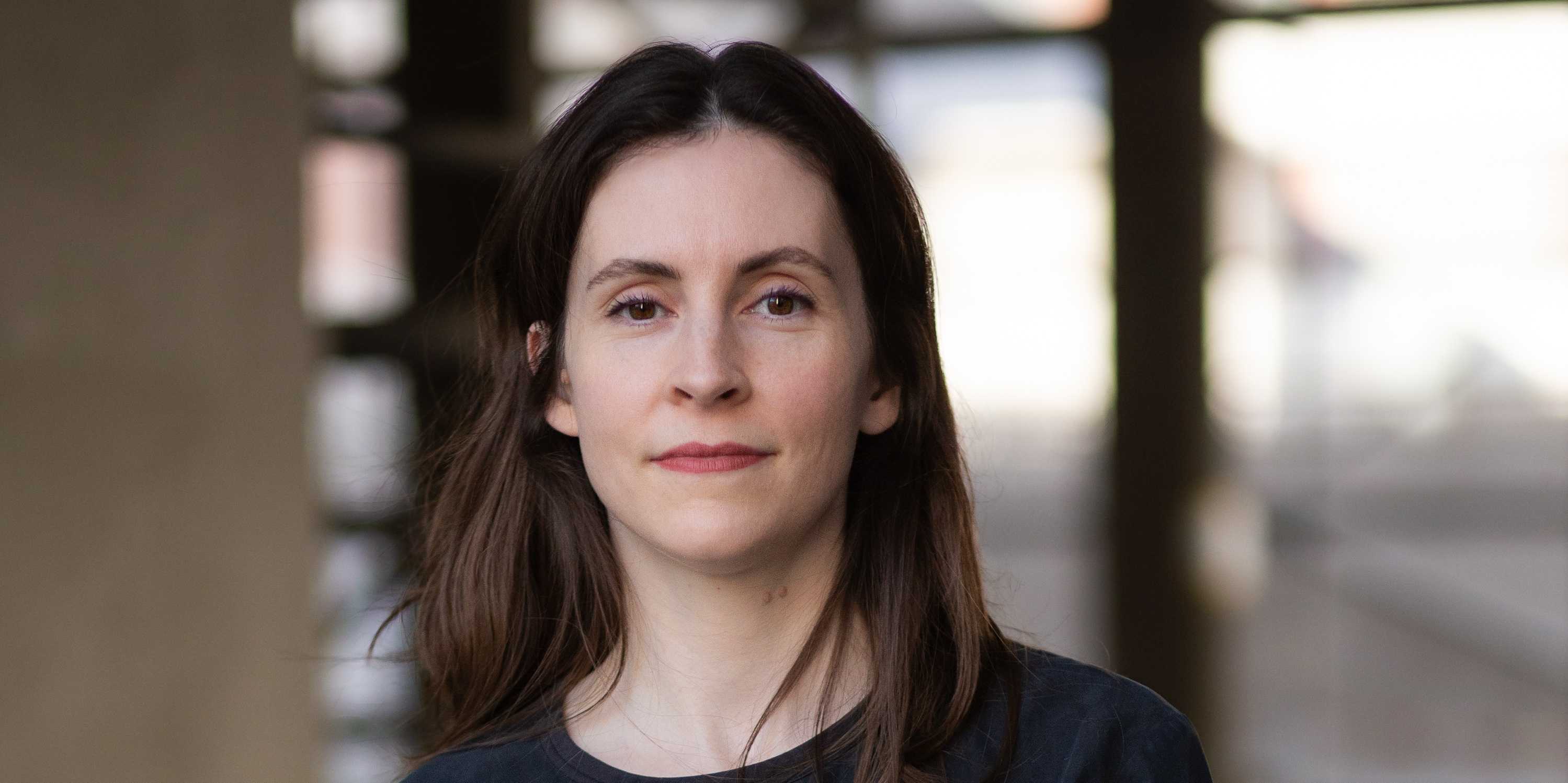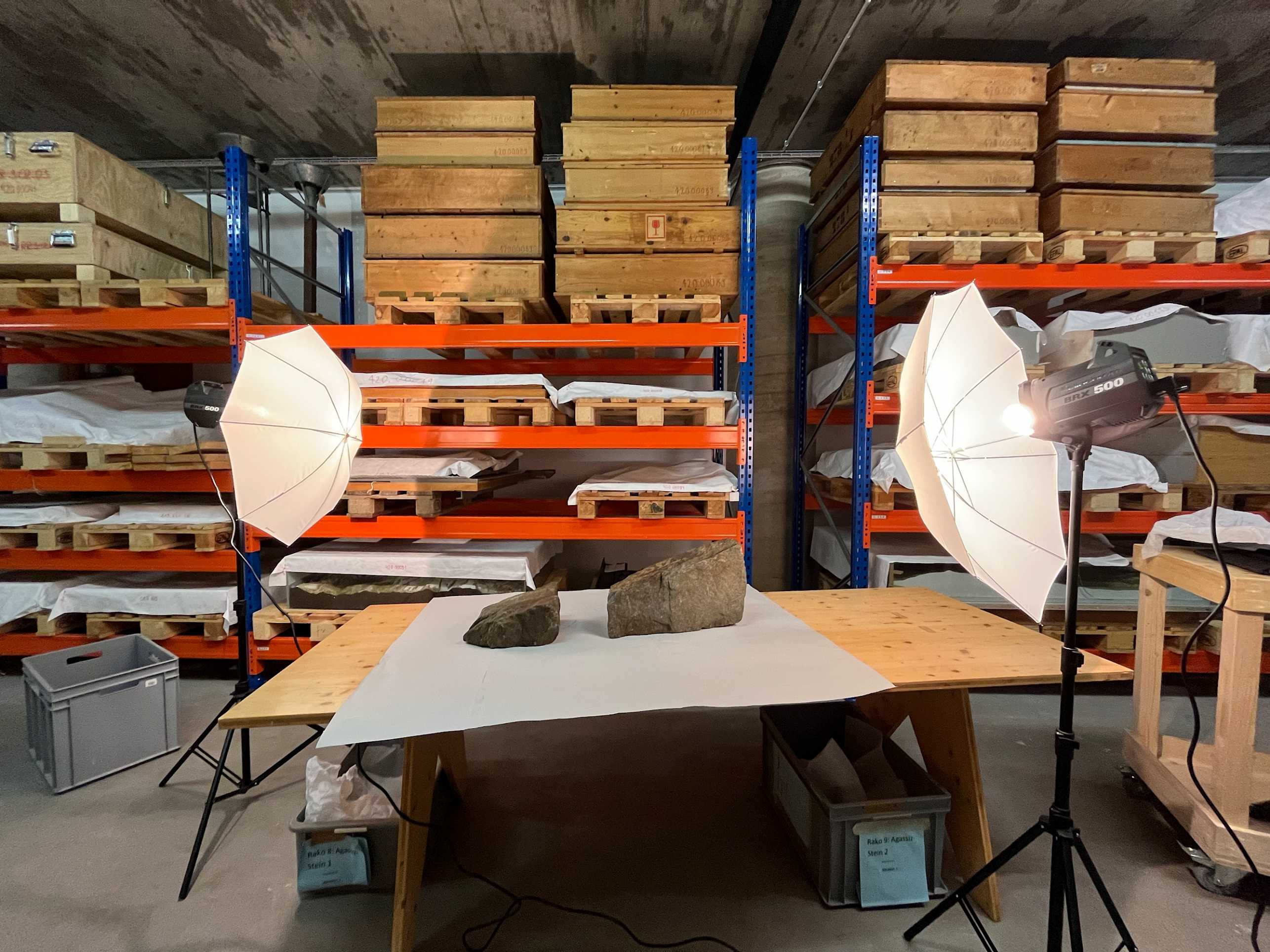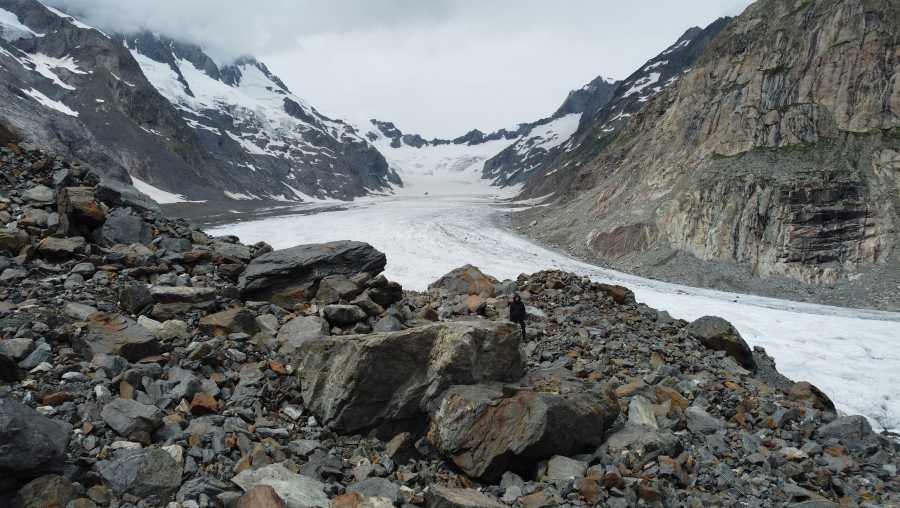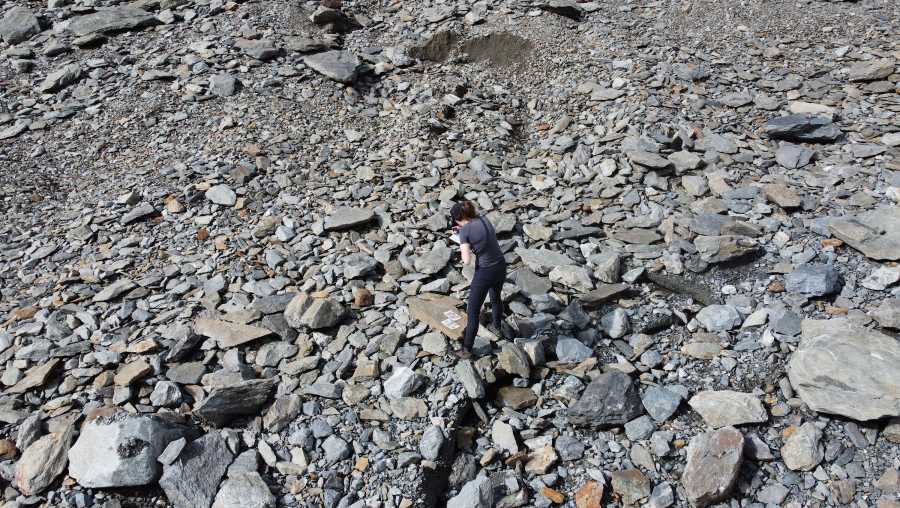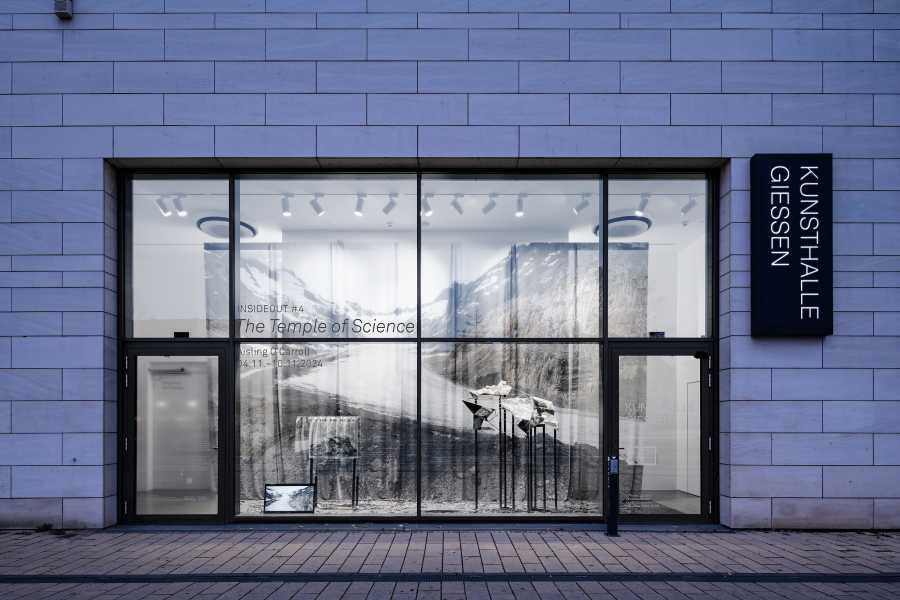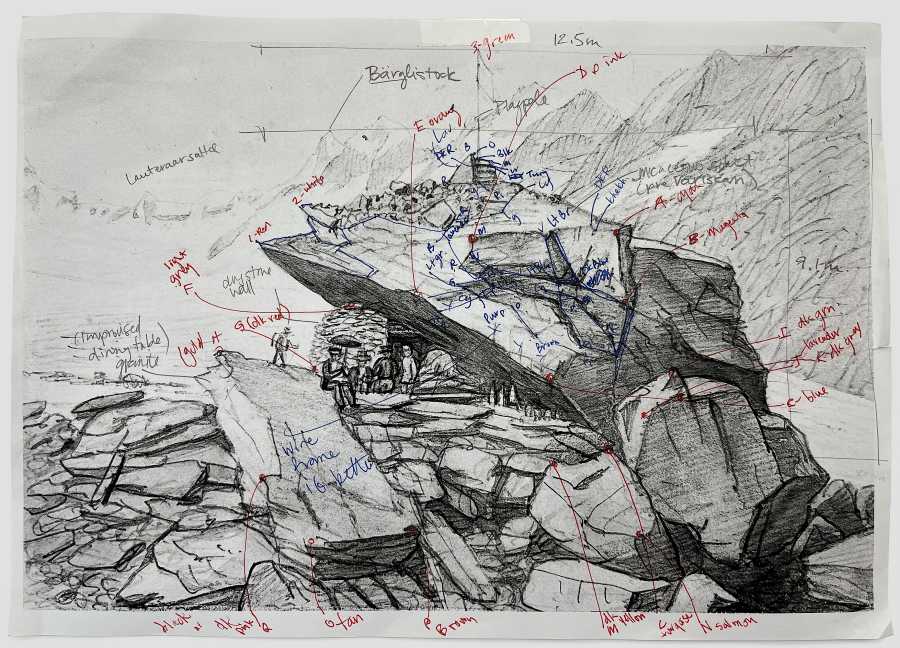Aisling O'Carroll’s work spans multiple disciplines and vast timescales. The Canadian researcher studied and practiced architecture, before shifting her focus to landscape architecture, which she studied at Harvard University’s Graduate School of Design. She practiced for several years in the United States with Michael Van Valkenburgh Associates, contributing to large-scale urban landscape and ecological restoration projects, including the Port Lands Flood Protection project in Toronto, Canada. Working on such projects, she negotiated the challenges of designing complex urban landscapes — from the range of different stakeholder interests, to addressing changing site conditions over time including industrial contamination, lost ecological function, and increasing flood risk.
In 2016, she co-founded "The Site Magazine", which explores a wide range of topics related to the built environment, from landscape architecture to art, politics, and urbanism. The magazine offers a platform to foster dialogue between practice, academia, and the public. In 2024, it was awarded the Journalism and Media Award from the Royal Architectural Institute of Canada. Both professional practice and publishing have shaped her approach to landscape. “The practice of landscape architecture is one of stewardship and care," O’Carroll explains. "In addressing the challenges that the discipline faces today, a range of temporalities and diverse actors, including the public, must be part of the process.”
